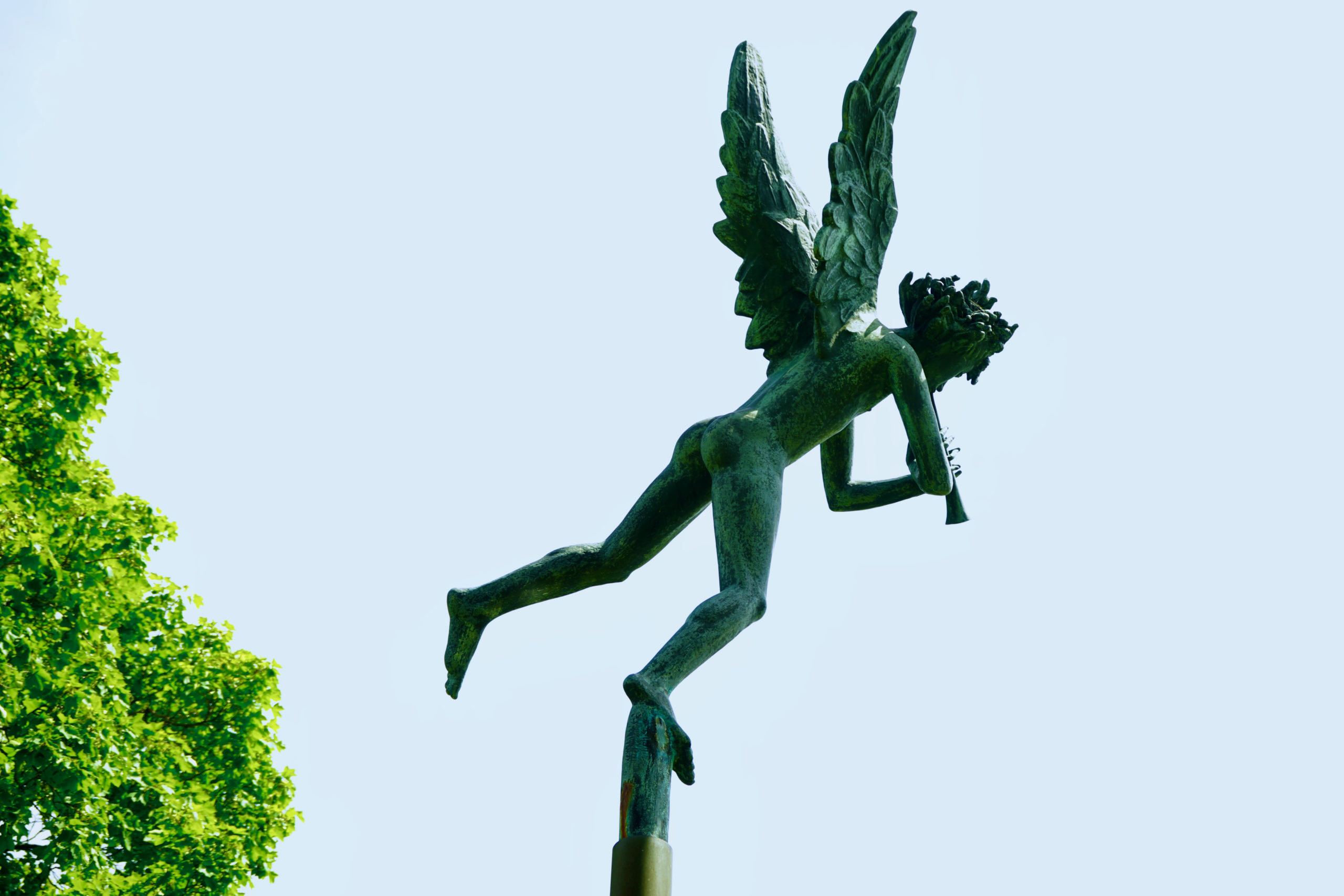Stances have been the bane of many beginner (and veteran) practitioners; there are many times I’ve told students (and been told myself!) to “bend your knees” or “get lower” in their stance. One of my instructors would walk around with a shinai (bamboo sword) to help “adjust” student’s stances and once students saw it come out they would all simultaneously get lower in their stances. But why are stances so important?
In Tang Soo Do (the art I practice), there are three “main” stances that are utilized the most: front stance, fighting stance and horse stance. There are other more niche or specialized stances such as one-legged stance, cross-legged stance, and low fighting stance, etc. but these are less common and only occur in limited hyung. For the purposes of this article, I will be focusing only on the main three and how they are applied.
In a front stance, your legs will be shoulder width apart with one foot in front of you and your knee bent at such an angle as you can’t see your front toes, with your back leg straight behind you. Your weight should be balanced 50-50 between your front and back foot. A beginner may typically have both legs straightened, as this puts less pressure on the legs and hips. What this does is raise your center of gravity and make you easier to manipulate, so part of what the front stance does is lower our body to stabalize our balance. Hips are typically squared forward, not angled toward or away. The hip position is merely an end point; many applications start in one position will often end up in a front stance that manipulates or finishes the opponent. Dropping and turning the hips into the front stance utilizes your body weight and your hip rotation as force multipliers in your techniques.
In a horse stance, your legs are double shoulder width (roughly, depending on your style) with your feet in line with your shoulders and toes pointed forward. Knees should be bent and your hips dropped while keeping your back straight. As with front stance, beginners (and even black belts) tend to straighten their legs as this puts less stress on the quads, knees and glutes. There is a popular martial meme that states “Hate horse stance? Sounds like someone needs more horse stance!”, and truly there is no stance more reviled and loved in equal measure than horse stance. Much like front stance, the bent knees help lower the center of gravity, but what is the purpose of the feet positioning? The naihanchi hyung give us clues as to how this stance is used to apply certain techniques, as they are replete with horse stance (the name ‘naihanchi’ means “knight on horse back”). Naihanchi deals with close quarters combat and grappling, so the horse stance gives us stability and a strong base for us to apply the elbows and punches in the hyung.
In a fighting stance, your back foot is pointed outward with most of your weight on your back leg, with your front toes pointed forward but your front heel lifted off the ground. This can be an uncomfortable position to hold for extended periods especially for your back leg, and this stance is commonly used to demonstrate kicking techniques. Even though we call it a “fighting stance”, it is not necessarily an effective stance to use for sparring. Also, in almost no hyung (if any, if I’m wrong write it in the comments!) is there a kick that is executed from a fighting stance, and in almost every case you are in a fighting stance you are performing a knife hand block. This shows that the fighting stance is used in either a grappling or defensive application, not necessarily for “fighting” as the name suggests.
No matter what art you practice, your stances help you execute techniques more effectively. Don’t skimp out and become lax during class; too often we find ourselves in a large group class and feel the urge to relax and let our stances get higher. For those of us who are black belts, don’t forget that we have lower ranks and beginners who are looking to us for inspiration and guidance; your stances should constantly be the lowest in the entire class! For those of us who are starting to get a bit older or have overcome hip/knee injuries and surgeries, get as low as you are comfortable. A little discomfort is okay, but your stances should not be causing you sharp or acute pain. When you practice your hyung, ask yourself why the stances are where they are. Look at how you can utilize the stances to make your techniques more effective.



